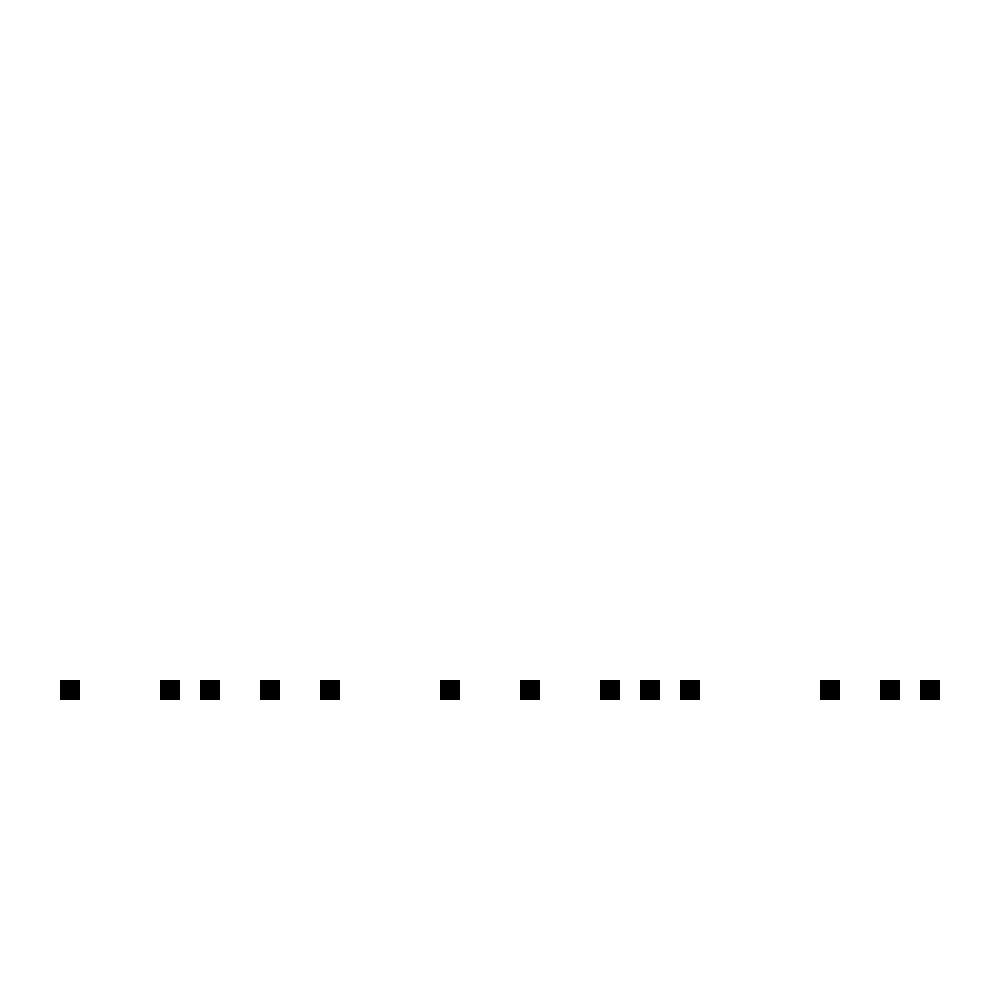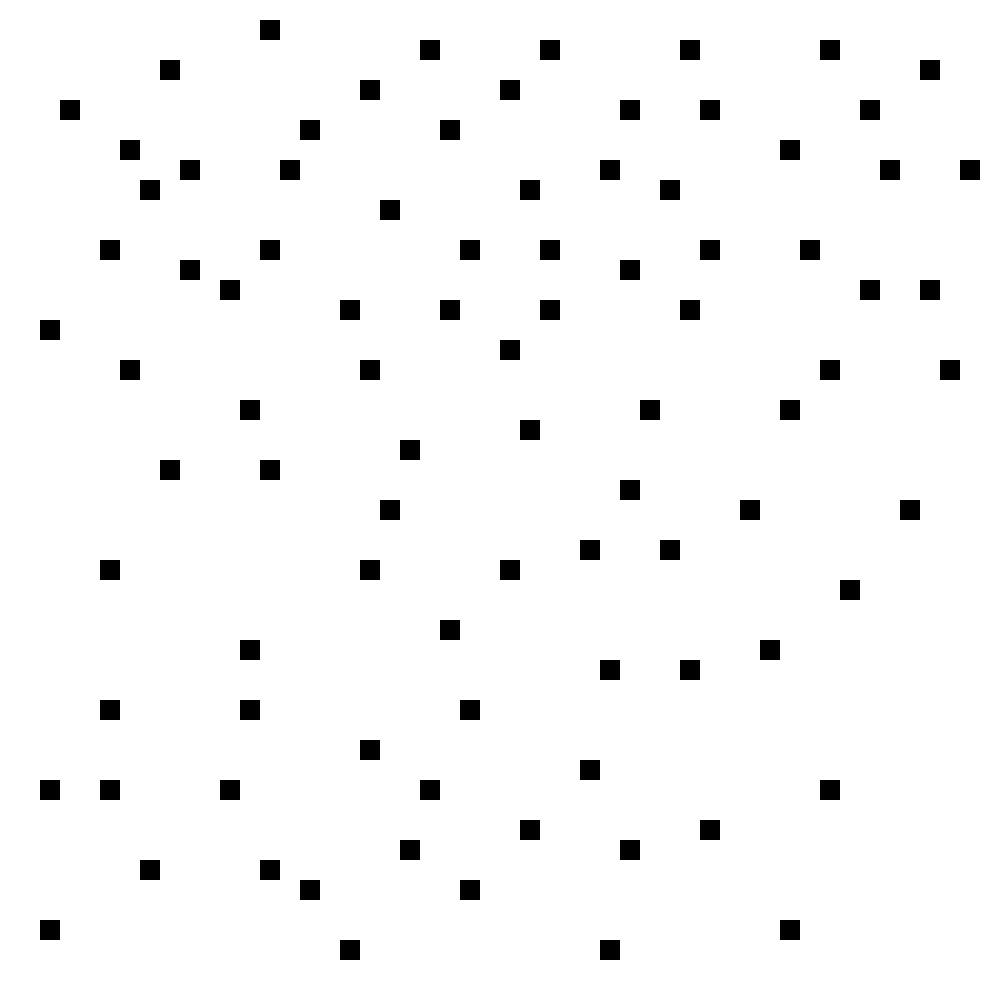Search: all
|
| |
|
| BP1269 |
| Identical pairs of symbols are always on opposite sides of the cube (when assembled) vs. some identical symbols are next to each other on the cube. |
|
| |
|
| |
| |
|
|
| |
|
| BP1270 |
| Straight line can separate the two types of figures vs. not so. |
|
| |
|
|
|
|
COMMENTS
|
This Bongard Problem is a sort of meta-problem. The problems inside the boxes aren't exactly Bongard problems, but they do deal with categorization. The objects must be split into two obvious and distinct groups, but one is not given any examples to work with. |
|
|
CROSSREFS
|
The two sides of BP3 are the same as the two sides in the first box.
Adjacent-numbered pages:
BP1265 BP1266 BP1267 BP1268 BP1269 * BP1271 BP1272 BP1273 BP1274 BP1275
|
|
|
KEYWORD
|
notso
|
|
|
AUTHOR
|
Ben
|
| |
|
|
| |
|
| BP1271 |
| Positive correlation vs. negative correlation. |
|
| ?
 | ?
 |
|
|
|
|
|
COMMENTS
|
All examples in this Bongard Problem are scatter plots. Each dot represents a data point.
"Positive correlation" means that when the X value increases, the Y value tends to increase as well (in the long run), while "negative correlation" means that when the X value increases, the Y value tends to decrease. |
|
|
CROSSREFS
|
Adjacent-numbered pages:
BP1266 BP1267 BP1268 BP1269 BP1270 * BP1272 BP1273 BP1274 BP1275 BP1276
|
|
|
EXAMPLE
|
Example TM4854 does not fit on either side because when the X value increases, the Y value stays the same.
Example TM4855 does not fit on either side because there is no correlation. |
|
|
KEYWORD
|
fuzzy, minimal, unwordable, teach, spectrum, dual, handed, leftright, updown, rotate, stable, hardsort, left-narrow, right-narrow
|
|
|
AUTHOR
|
Ben
|
| |
|
|
| |
|
| BP1272 |
| Square minus circle vs. circle minus square. |
|
| ?
 |
|
|
| |
| |
|
|
| |
|
| BP1273 |
| Sequence contains each possible way its distinct elements can be arranged as a subsequence vs. not so. |
|
| |
|
|
|
|
REFERENCE
|
https://en.wikipedia.org/wiki/Superpermutation |
|
|
CROSSREFS
|
Adjacent-numbered pages:
BP1268 BP1269 BP1270 BP1271 BP1272 * BP1274 BP1275 BP1276 BP1277 BP1278
|
|
|
EXAMPLE
|
There are 6 ways of arranging the letters A, B and C: ABC, ACB, BAC, BCA, CAB, and CBA. The string "ABCABACBA" contains each of these as a substring, and would therefore be sorted left. |
|
|
KEYWORD
|
precise, allsorted, notso, sequence, traditional, miniworlds
|
|
|
CONCEPT
|
sequence (info | search),
overlap (info | search)
|
|
|
WORLD
|
[smaller | same | bigger]
|
|
|
AUTHOR
|
Leo Crabbe
|
| |
|
|
| |
|
| BP1274 |
| Reversing the sequence permutes the objects vs. not. |
|
| |
|
| |
| |
|
|
| |
|
| BP1275 |
| There is a way of grouping elements into (more than one) equal-sized blocks such that no block appears twice vs. there exists no such grouping. |
|
| |
|
| |
| |
|
|
| |
|
| BP1276 |
| Ways of representing the sequence "ABABCBACCBAC" by grouping its elements into equal-sized blocks and relabelling them (identical blocks are represented by the same element) vs. representations of different sequences. |
|
| |
|
| |
| |
| |
|
|
|
|
|
|
|
|